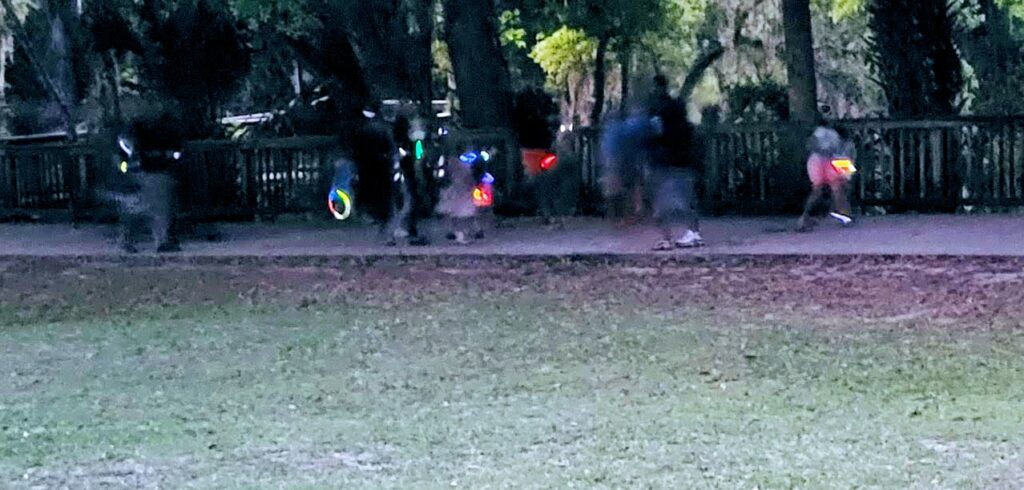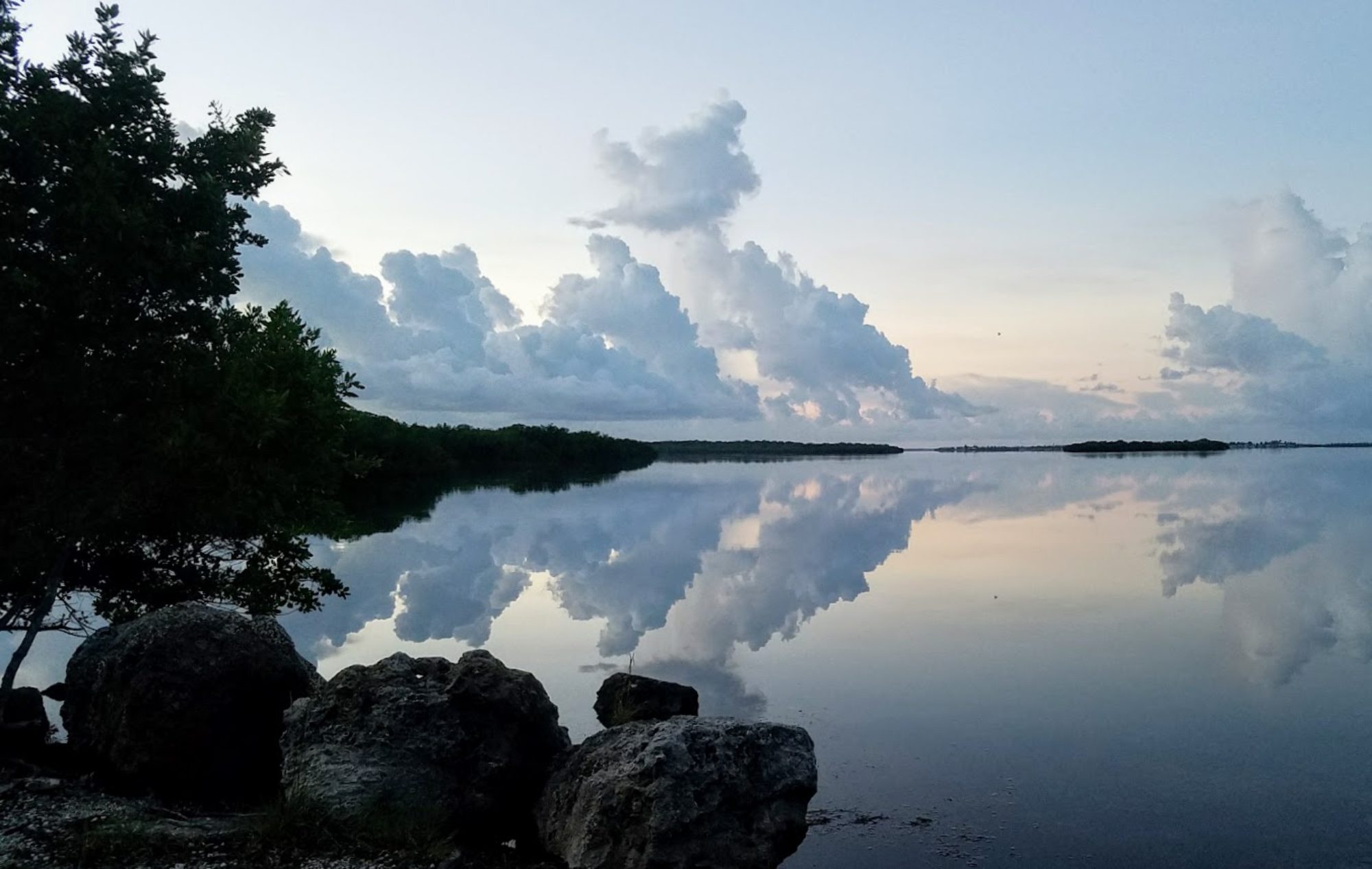2022 Blue Spring Lights at Night Thrills

Each year, I wonder whether it’s worth going back to Orange City to visit the Lights at Night festival at Blue Spring State Park. We make the trip every year, and then I wonder why I ever questioned the value of the short trip to West Volusia County.
Always something new to learn
Every year, I learn something wonderful about fireflies. During our first visit, we learned that fireflies hatch underground from eggs that glow. They spend the first 1-2 years of their lives as glowworms. Growing all the while, they time munch on other insects, earthworms, and slugs. Once they emerge from the ground, they will live less than a month. This gives them just enough time to find a mate and reproduce so the next generation can thrill us with their flashing lights.
That flash we all love is all about reproduction. It is the firefly’s love language. Females wait on the grass or in low bushes, waiting for the males to take flight. Once the males are in the air and flashing, females answer with their own flash. This flirty communication style transforms creek beds and hedgerows into sparkling works of art.
Last year, we learned that fireflies do not flash when there are bright lights nearby. This may be part of the reason they are harder to see now than when I was a girl. Light pollution is everywhere! Pesticide use has contributed to a decline in firefly population, and development disrupts the soil where they spend most of their lives. So Lights at Night provides a wonderful opportunity to enjoy these small creatures and their flashy dances across the path.
A third species to be found?
This year, we learned that Blue Spring State Park is home to two species of firefly, and they believe there may be a third which has not yet been captured in the Park. One of the species known to inhabit the park can be seen flashing at about chest level. The other is found higher up, just below the tree canopy, and flashes in “J”-shaped streaks.
Next year, perhaps I will learn to capture some photos or video of the fireflies. In the meantime, I’ll just smile every time I look at the above photo of a family decked out in glow gear.
If you visit:
You will pay regular park day-use admission, which is $6 per vehicle or $2 per bicycle or pedestrian. You’ll then pay $10 to park. It’s this parking fee which supports Friends of Blue Spring State Park, who use these funds to provide additional equipment to the park, help build and maintain buildings, and provide great programming. Currently, they are working on a manatee rescue ramp. A family membership to Friends of Blue Spring State Park is a very reasonable $25 annually, and covers up to 8 people.
